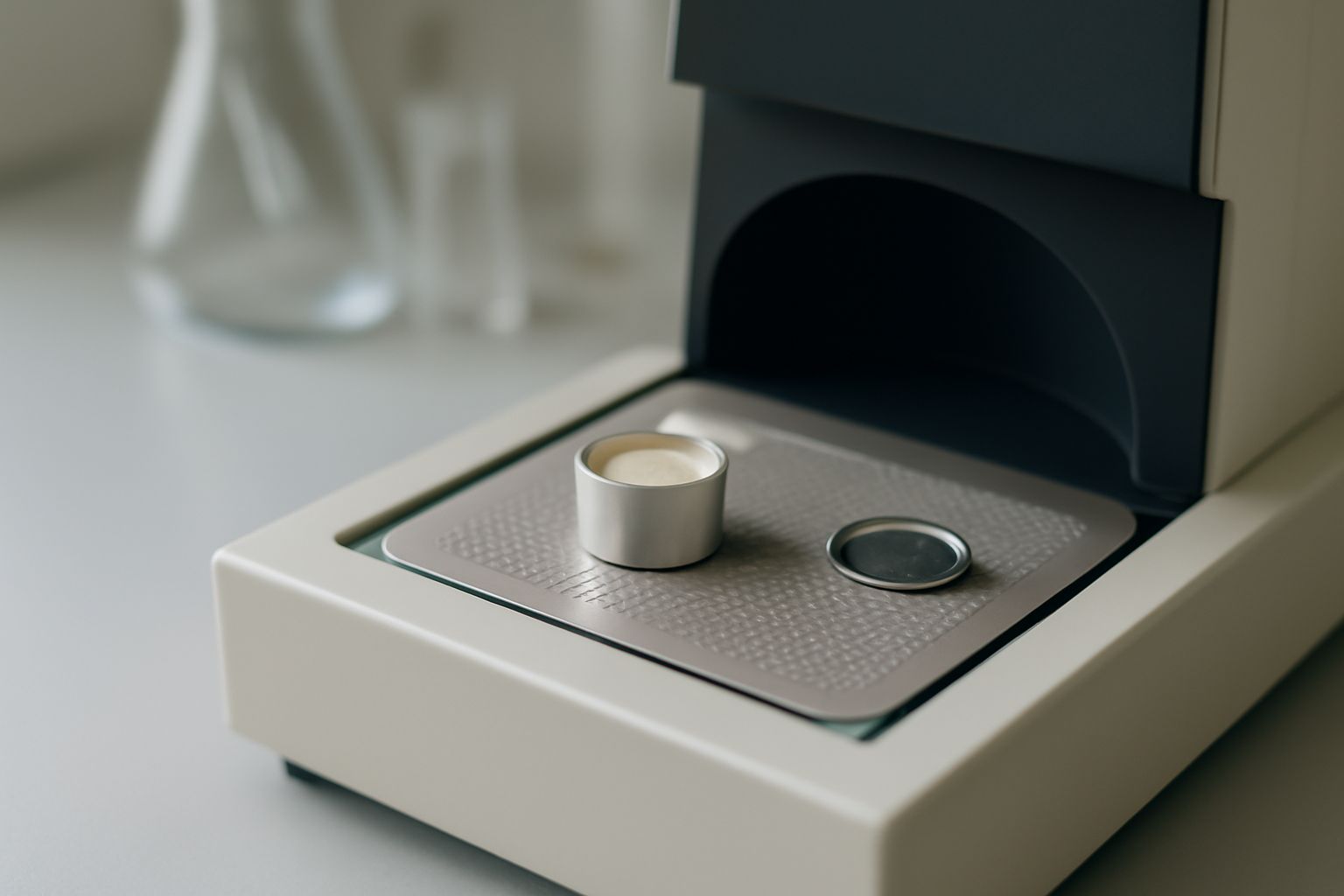Your cart is empty.
shop now
Your cart is empty.
shop now
Error spikes and test failures can waste lab time and budget. The root of many issues is often a simple crucible problem most labs overlook.
The most common problems with DTA crucibles are inaccurate readings, poor thermal transfer, fitting errors, and contamination. Knowing how to address each one keeps lab data accurate and repeatable across tests.

I see many labs spend hours troubleshooting their systems, only to find the source of issues in the crucibles. Tackling each problem directly can restore confidence in your results, help your team work smoothly, and prevent wasted resources. Accurate DTA outcomes depend on solving these challenges early on.
Instrument noise and unreliable numbers can point to a mismatched or contaminated crucible. Many users miss this hidden problem when reviewing their test flow.
DTA crucibles may lead to inaccurate readings if the chosen material reacts with the tested sample, the pan is poorly calibrated, or there is physical contamination inside the crucible.
| Cause | Impact | Recommended Check | Reference |
|---|---|---|---|
| Material-Sample Reaction | Signals mixed or changed by chemical reaction | Match crucible and sample types | chemical reactivity |
| Poor Calibration | Temperature or signal drift | Regular calibration checks | calibration |
| Physical Contamination | Random spikes in output signals | Inspect and clean crucibles often | contamination |
I once struggled with unstable signals until I swapped in a high-purity platinum crucible. The original pan was reacting slightly with a polymer sample.
Slow heat flow or unbalanced measurements often show up as slow thermal events or unexpected melting points. This points to conductivity problems in the crucible itself.
To address weak thermal conductivity, use a crucible with even, thin walls and a material like aluminum or platinum that supports rapid heat transfer across samples.
| Factor | Problem Caused | How to Solve | Reference |
|---|---|---|---|
| Uneven Wall Thickness | Hotspots and data skewing | Choose better-manufactured crucibles, inspect for flaws | wall thickness |
| Low Thermal Conductivity Material | Delayed or incomplete thermal response | Select platinum or high-grade aluminum pans | thermal conductivity |
| Sample Overfilling | Poor heat distribution | Keep sample size within labeled limits | sample size |
Once I changed to uniform wall pans, every cooling and heating cycle on our analyzer snapped into place. Details like this make a big impact in real lab work.
Poor fit can lead to leaking, unstable baselines, or even broken machines. This problem usually happens with generic or old pans.
If the crucible does not fit correctly, confirm all measurement specs with the supplier and switch to pans designed for your instrument brand and model.
| Issue | Effect | Solution | Reference |
|---|---|---|---|
| Wrong Diameter | Leaks or falls from holder | Use brand/model cross-reference tables | dimensional tolerance |
| Improper Height | Poor contact, bad signal | Check pan and holder depth in advance | sample holder |
| Loose Lid/Seal | Unexpected sample loss | Order matching lid/closure with the pan | seal |
One time, a batch of third-party crucibles caused repeated machine errors. Using the correct fit from the start now saves me time and lowers waste in every analysis.
Hidden contamination can ruin nice data sets and create uncertainty about every result. Tiny particles, residues, or leftover sample traces cause most problems.
To prevent contamination, use high-purity crucibles, follow strict cleaning procedures, and keep pans stored in dust-free containers between uses.
| Contaminant Source | Risk Impact | Prevention | Reference |
|---|---|---|---|
| Leftover Samples | Sample cross-talk, false signals | Clean pans with approved solvents | contamination |
| Laboratory Dust | Irregular heat flow, surface reactions | Store in closed containers | laboratory equipment |
| Low-Purity Metal | Strange background peaks in output | Order only certified high-purity pans | purity |
After switching to platinum pans and tightening up my cleaning routine, I now rarely see signal noise or drift from contamination. Clean, pure hardware always gives clearer results.